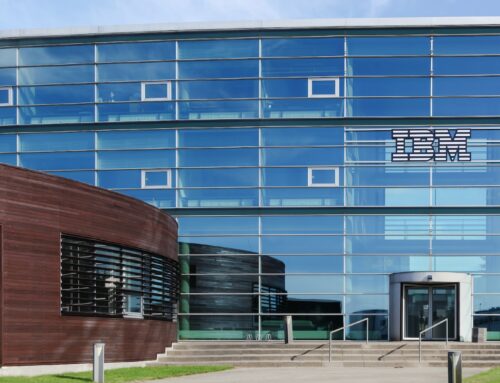Future of U.S. Wind Power Hinges on Turbine Upgrades
May 4, 2025
Since coming into power, U.S. President Donald Trump has been fighting to increase oil and gas production while reining in the renewable energy sector. Trump aims to expand the country’s fossil fuel output and encourage more countries worldwide to import U.S. LNG, which he has done by introducing strict tariffs on countries unwilling to increase trade with the U.S. Meanwhile, the U.S. President has doubled down on his electoral pledges to slow green transition progress and halt programmes and funding from the Inflation Reduction Act (IRA), which he called the “Green New Scam”. This means building “no new windmills” as well as restricting other renewable energy expansion.
Trump rapidly introduced several policy measures that have made it more difficult for energy companies to expand their renewable energy capacity, particularly when it comes to wind power. On his first day in office, Trump issued an executive order that indefinitely paused new offshore wind leases in U.S. coastal waters and halted new permits pending the completion of a review. This caused uncertainty across the industry and has made investors wary about financing new U.S. wind energy projects, prompting other countries to compete for greater investment in their renewables sectors.
However, it will be difficult for Trump to completely dismantle the U.S. wind energy industry or halt expansion altogether, as, after decades of development, onshore wind farms now provide almost 11 percent of the country’s electricity. Wind power is the country’s largest source of renewable power and, at some points in 2024, wind and solar overtook coal power generation for the first time. The U.S. installed wind power generating capacity grew from around 2.4 GW in 2000 to 150.1 GW and 1,500 onshore wind farms in April 2024, according to the Energy Information Administration (EIA), a figure that is expected to increase to 160 GW of wind capacity in 2025.
The wind energy sector, although fearful of Trump’s anti-renewables pledges, is hopeful about the continued U.S. dependence on wind for clean electricity generation. Several companies, including GE Vernova, Vestas, and Siemens Gamesa – a subsidiary of Germany-based Siemens Energy, expect “repowering” activities to support sectoral growth. According to GE Vernova, “Repower enhances older turbines by replacing the drivetrains and rotors with upgraded components and the latest controls technology. GE Vernova estimates that approximately 10,500 legacy turbines in the United States alone are eligible for Repower. This could potentially add as much as 2.6 GW more capacity to the grid.”
With many wind turbines reaching a ripe old age of 20 or more years, and coming close to the end of their lifecycle, companies are increasingly exploring the potential of upgrading existing turbines to make them more efficient and enhance performance. Switching out their blades, rotors, and electronics with advanced, modern components could boost electricity output by as much as 50 percent. This is making companies weigh up the benefits and risks of upgrading or replacing turbines. Wood Mackenzie reported that around 7 GW of U.S. wind capacity has been repowered to date, with another 12 GW having been partially repowered. Meanwhile, around 10,000 turbines have been decommissioned.
Repowering wind turbines can offer operators a range of benefits. For example, it does not require the same permits that are needed to expand a project or develop new operations. Operators can also use existing land to repower turbines and generate more electricity. Due to the enhanced efficiency of the turbines, it is often the case that fewer of them are required to produce the same quantity of electricity as previously.
However, if operators expand their production capacity, they could require updated permits and may have to wait to connect this additional power to the grid. Companies may also need to consult communities surrounding wind farms to inform them about repowering plans and seek support. Often, the public has a “not in my backyard” opinion of energy projects, regardless of the potential benefits.
In April, GE Vernova announced it had received customer orders to repower more than 1 GW of wind turbines across the U.S. The projects will use components produced at the company’s Pensacola facility in Florida. Matt Lynch, the general manager of repower at GE Vernova, stated, “As the United States works to meet the doubling of projected demand for more energy, repower projects like these help US workers in US factories take advantage of what we already have, where we already have it.”
While expanding U.S. wind energy capacity through new onshore and offshore projects might become increasingly challenging under the Trump administration, several wind companies are hopeful that repowering projects will help them boost revenues and increase capacity. With many turbines across the country coming to the end of their lifecycle, companies may decide to upgrade, rather than decommission, equipment to enhance efficiency and expand production capacity without the need to develop new projects.
By Felicity Bradstock for Oilprice.com
More Top Reads From Oilprice.com
- Is Biofuel Land Better Used for Solar?
- Border States Demand Changes to Ukraine Trade Deal
- Rethinking Hydrogen’s Role in Decarbonization
Search
RECENT PRESS RELEASES
Related Post




